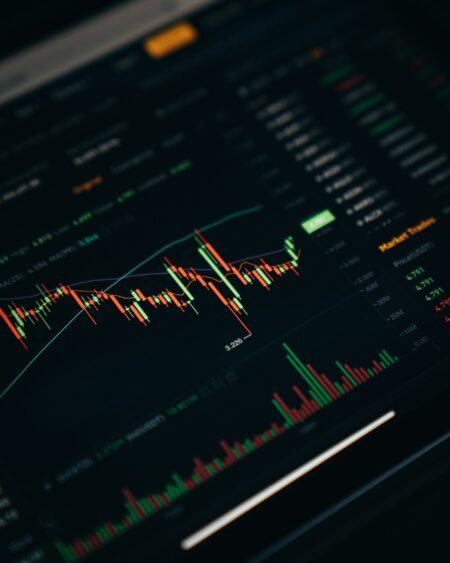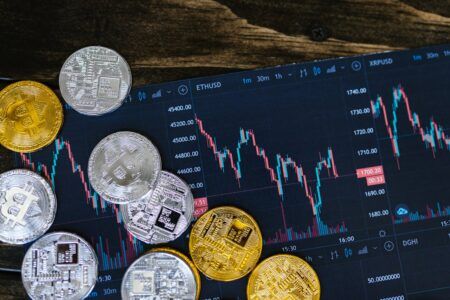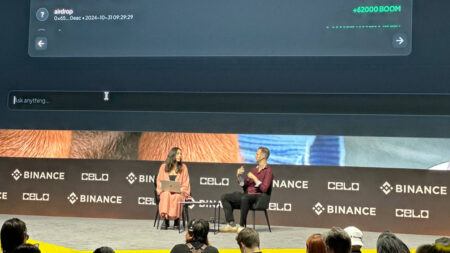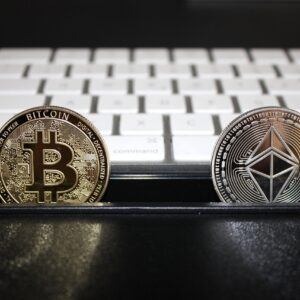Skeptics of cryptocurrencies often say that these digital assets have no real-life value because you can’t hold them in your hand, and they are not “backed by” any material object either. Others who are more friendly with the technology suggest that these currencies derive their value from the energy and resources that miners spend on securing the networks.
However, both of these perspectives overlook the fact that assets don’t actually need to be “backed by” anything, aside from the faith and participation of the people who trade them. In fact, this type of shared interest and belief is what ultimately gives all assets their value, from gold to Bitcoin, to real estate.
Stockbroker Peter Schiff has been one of the most vocal critics of Bitcoin and other cryptocurrencies over the years. Although Schiff is also an opponent of fiat currencies, he doesn’t trust digital assets because he believes that they don’t have any “intrinsic value.” Speaking in an interview on the Joe Rogan Podcast earlier this year, Schiff said that in order for cryptocurrencies to actually have value they would need to represent a material object, like gold. Schiff said:
“I don’t think any of these currencies can ever be stable because there’s no value to stable them. There’s no value to store. The only cryptocurrencies that would work are cryptocurrencies that are backed by a real commodity, like gold.”
Gold & Crypto
Through the rise and fall of many civilizations over many centuries, gold and other precious metals have been the only constant store of value and medium of exchange, mostly because they are essentially indestructible and can be used in the creation of a variety of different products.
The longstanding use of these materials has created the misconception that all currencies must share the same traditional physical properties in order to be trusted and taken seriously.
However, it is not actually the physical properties of gold or silver that make it valuable, but rather, it is the reputation that these materials have as trusted commodities that give them their value.
While it is true that these materials became trusted commodities because of the aforementioned properties, it is also true that other currencies can become trusted commodities for entirely different reasons. In fact, crypto intentionally serves many of the same functions as gold, but often takes an entirely different path.
For example, blockchain technology can make currency indestructible, but not in the same way that the physical properties of gold make a currency indestructible. The design of the distributed ledger allows computer systems and entire networks to be shut down without any currency being lost or damaged, a concept that could not even be imagined by the gold bugs of the previous century. This would be the equivalent of a whole chain of banks burning to the ground without losing any deposits.
Likewise, a gold standard is often proposed as a solution to inflation because the scarcity of the material ensures a limited amount of money in circulation, and until the development of Bitcoin, this was the absolute best way to limit the supply of a currency.
Now, there are a number of different cryptocurrencies, each with different approaches to tackling problems like inflation. Bitcoin, for example, has anti-inflation properties built into the code of the blockchain, and the transparency of the network allows users to verify the circulating supply at any time, to ensure that the reserves have not been manipulated.
Subjective Theory of Value
Carl Menger, founder of the Austrian School of Economics, was one of the economists who developed the Subjective Theory of Value, which suggests that all value comes from the collective needs, desires, and capabilities of individuals who interact in the marketplace. Menger writes:
When I discussed the nature of value, I observed that value is nothing inherent in goods and that it is not a property of goods. But neither is value an independent thing. There is no reason why a good may not have value to one economizing individual but no value to another individual under different circumstances. The measure of value is entirely subjective in nature, and for this reason a good can have great value to one economizing individual, little value to another, and no value at all to a third, depending upon the differences in their requirements and available amounts. What one person disdains or values lightly is appreciated by another, and what one person abandons is often picked up by another.
In other words, there is no such thing as intrinsic value. All value comes from human belief and need. One man’s trash is another’s treasure. Even the prices of food, water, and medicine fluctuate with tides of supply and demand, and these are items that most people would agree are intrinsically valuable because all humans need them to survive. Given a choice between a bottle of water and a bag diamonds, a person struggling to survive in the desert would find no value in the diamonds, while a poor person in an industrialized society would choose the diamonds without question.
In the new age of decentralized money, people will not be limited to a monopolized currency as they are under fiat, and there will be plenty of room for gold, crypto and a variety of other assets to coexist in the same market. The modern western tradition of having all of your wealth wrapped up into one currency or commodity is not safe or secure, and will likely become a thing of the past as a free market in money emerges.









